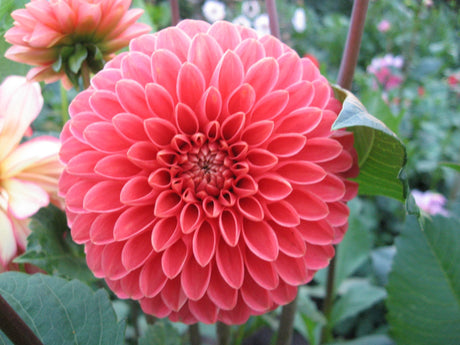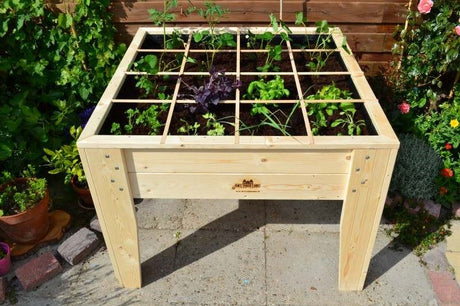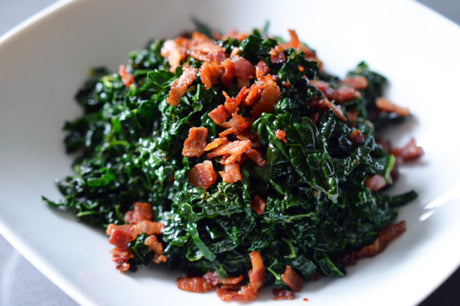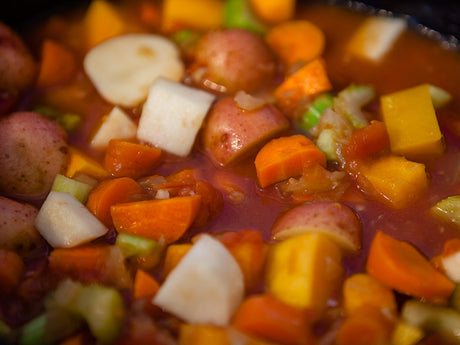Table of Contents:
By October, the hustle and bustle of the vegetable garden season is behind us. The potatoes, onions, and garlic are safely tucked away in a cool, dark corner, ready for the kitchen. And for those who enjoy preserving, the freezers and glass jars are well stocked. The garden is still growing all sorts of cabbages, fennel, winter leeks, carrots, and the last of the green beans. Garlic can soon be planted, and you can still plant seed potatoes for winter onions. But these preparations are mainly for next year. What can we still do to enjoy this year? Exactly, grow chicory!
Is it chicory or endive growing?
It's actually quite simple. Belgians usually say "witloof" (chicory), and "Brussels grondwitloof" (Brussels ground chicory) is even a protected trademark. The Dutch call it "witlof" (confectionery). Because witloof (chicory) is a bit of a Belgian pride, the white gold, we stick with "witloof" (chicory) here and occasionally switch to chicory. If that bothers you, you can simply leave out the "ootje" (little something). Both terms are accepted in the dictionary!
Is a chicory plant the same as endive?
Belgian endive and chicory are not the same, although they both belong to the chicory family. Belgian endive, also called chicory, is primarily grown for its underground leaves, which are cultivated into the familiar white endive heads. Endive, on the other hand, is grown for its above-ground green leaves and has a different flavor and texture. They are both often used in salads, but they have different properties and uses.
Crisply-fresh chicory or deliciously stewed chicory in 7 steps
Growing chicory is a slow process, but absolutely worth it. It's one of the most satisfying garden crops. And the best part? You don't always have to go outside. If you buy chicory roots, you can grow everything in a cool, dark place in your home. This guide also teaches you how to sow your own chicory. Enjoy! Want to start growing chicory from roots? Then skip to step 4. This variety is perfect for sowing in buckets or containers.
Step 1: Soil preparation and sowing chicory in your own soil
Chicory grows best in soil that doesn't contain too much organic matter or nitrogen. So, skip the compost and all-purpose fertilizer! What you do need as fertilizer are two handfuls of vinasse potash and a tablespoon of magnesium sulfate per meter. Mix this thoroughly into the soil. Potassium is certainly important when growing chicory. It plays a crucial role in various processes, such as photosynthesis, water regulation, and the absorption of other nutrients. Potassium also helps develop strong roots and contributes to the quality and flavor of the chicory. A good potassium supply can therefore contribute to better growth and a higher yield.
- Make a sowing furrow in a sunny spot in your vegetable garden with a shovel
- Add a layer of sifted sowing and cutting soil to give your chicory seeds a flying start – this works well, just like with carrots.
- Sow your chicory seeds in the spring (early May to early June is ideal) in rows at a depth of 5 millimeters, with a row spacing of 30 centimeters.
- Thin the young plants to a planting distance of 12-15 centimeters (4.7-6.0 in). This may seem like a lot of space, but the difference between strong roots and weak plants is enormous.










